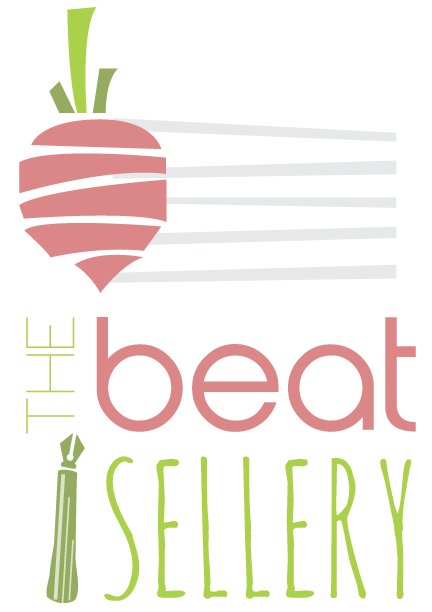picking music, part 2
/One thing I tend to avoid when picking music is new arrangements of popular music. Though sheet music retailers like JW Pepper and Sheet Music Plus regularly have a hefty number of pop arrangements among their bestsellers, I refuse to put money toward those pieces. Last I checked, six of the top 12 concert band sets at Sheet Music Plus were from the movie Frozen, and all of the top 12 had some connection to film or TV.
Before you assume I'm simply going to bash pop music, please keep reading a little further. There is a lot of interesting music written for film, television, video games, and radio, but I think it is disappointing to rely on those sources primarily for music in a concert band setting. I have a few observations to make about these pop bestsellers and some suggestions for programming music for concert band.
- I realize that one major reason pop music is on top of the bestselling lists is that it is new. Basically everyone who wants a copy of Air for Band (Frank Erickson) already has it in their library, and there are likely not many copies sold each year even though it is an excellent piece for young band. Even so, not a single piece in the top 12 at SMP was originally for band!
- Another observation about the current best-selling music is that it is mostly very recent. What was popular a year ago is not necessarily popular now. The top 25 at SMP contain a Beatles arrangement and music from The Lion King. An arrangement from Skyfall still has a spot in the top 25, but one of "Gangnam Style" is past 500. Perhaps this is because some music lends itself better to being arranged for concert band, or perhaps some of it is better music to begin with. I won't try to figure that out here.
- No new music written (released this year) specifically for concert band shows up in the top 50 at SMP.
I'm sure there are some different conclusions that could be drawn, but here are the ones I would like to make.
- When I pick music, I want to be able to use it many times. I have a small budget, a small library, and limited options for programming to begin with. Anything I purchase should be something worth playing by every student in my program at some point. Purchasing very popular music is (I think) taking a greater risk since some (or most) of its appeal is an extra-musical connection which may not exist even a couple of years from now.
- Rather than purchasing as many pop arrangements, why don't we participate in commissioning new works? I realize it is expensive, but it is a rewarding process for those involved. Composers are compensated well, bands receive interesting new works, and the members of the band get to participate in the creation of new art.
My school was part of a consortium that commissioned Due North, by Michael Sweeney. It cost us about as much to participate as a regular new set of parts, and it's a great new work. I hope to be a part of and hear about more projects like it in the future.




